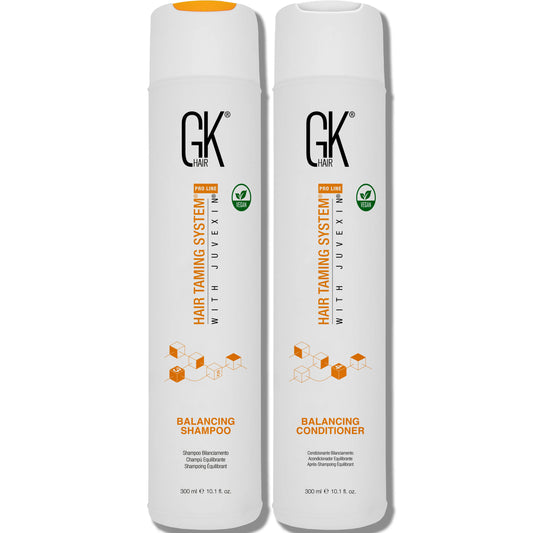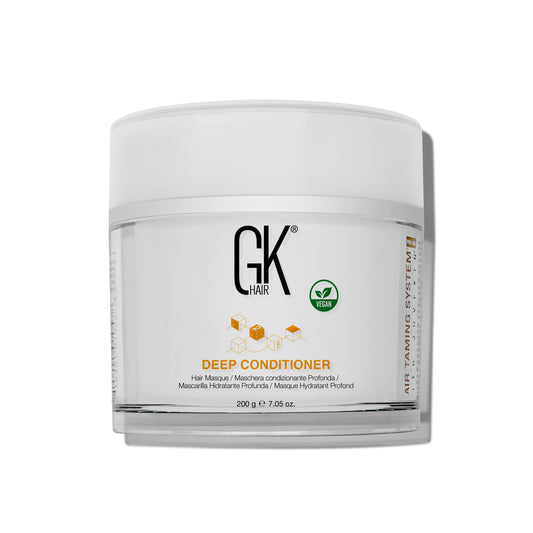If your hair feels too dry, frizzy, weak and unmanageable, welcome to the club. Hair damage is one of the most common concerns these days, and for good reasons. With our insane routines of daily shampooing, heat-styling, harsh detangling and exposing hair to the sun for too long, the odds of receiving the damage are quite high, and those of going to the salon every week just to get it fixed are too low. Therefore, we have planned out a few tried & tested DIY tips and remedies for your hair to feel good, healthy and manageable without running off to salons.
WHAT IS HAIR DAMAGE?
First questions first:
What is hair damage? Hair damage happens when the conditions that don’t suit your hair damage its structure in some way. A human hair is composed of different layers which make up the structure of it. Once the structure is disturbed by an external or internal factor, the hair starts to show signs and symptoms of hair damage. The most common symptoms of hair damage (or unhealthy hair) can be:
- Dryness
- Frizziness
- Excessive oiliness
- Hairfall
- Hair breakage
- Mid-shaft breakage
- Brittleness
- Roughness
- Split-ends
- Dandruff
- Lackluster
- Dullness
- Limpness
- Discoloration
TYPES OF HAIR DAMAGE
Yes! There are different types of hair damage, each with a different outcome. Unless you know what kind of damage your hair is going through, you can’t set a path towards healing.
Cuticle Damage
The outermost layer of the hair is made of cuticles which lay down flat like the scale of the fish. This cuticle layer protects the hair cortex (the inner part of the hair) from all kinds of damage. When external factors such as heating tools, sun exposure, friction, and weather conditions come in contact with the cuticle layer, it causes the cuticles to open up and crack, leaving gaps in between. This results in exposing of the hair cortex and moisture loss from the hair. A few common signs that indicate cuticle damage are frizz, dryness, roughness and lackluster hair. As the damage keeps on happening, the cuticles finally get to the point of vulnerability where they start falling off the hair, leaving the cortex fully exposed.
Cortex Damage
Cortex damage happens when the cuticle layer is too damaged to protect the cortex. The hair cortex is the thickest layer of hair and contains all the crucial hair elements, such as natural oils, moisture, vitamins, pigment and keratin & protein chains (or hair bonds). When these external environmental factors start acting on the cortex, it results in lack of elasticity and extreme moisture and protein loss, and the hair becomes highly weak, vulnerable and prone to breakage.
Pigment Damage
Ever wondered how the hair color is produced? Hair cortex contains cells which are responsible for creating the hair pigment. This hair pigment is called melanin. When bleaching or permanent hair dyes are applied to hair, they penetrate the hair cuticle and directly attack the melanin, discontinuing the production of the pigment for the time being and painting the hair with a new color. This process does not only damage the hair cuticle layer by adding cracks in it, but also destroys the melanin cells which often results in hair discoloration and premature aging. A prolonged exposure to sunlight can also cause pigment damage and result in salt-and-pepper hair.
Bond Breakage
Now, let’s come to the hair bonds. The hair cortex contains protein chains which interact together to give hair the strength, body, texture, and shine. This interaction happens through hair bonds, which are highly crucial in making up the hair fiber. There are basically three types of hair fiber.
- Hydrogen bonds: These are the weakest type of hair bonds, and easily break everytime you wash or heat-style your hair. Not to worry though, they do as easily regenerate when the hair comes in contact with water again.
- Ionic bonds: Although ionic bonds are stronger than hydrogen bonds, they are still weak and can easily break when the hair’s pH is disturbed by using the wrong hair products. The result is brittle, rough and weak hair.
- Covalent bonds: The strongest of the bonds, covalent bonds give texture to your hair and can only be broken by a chemical treatment such as perming, relaxing, hair dyeing and excessive heat-styling. The result is deformed, super vulnerable and fried hair.
HOW TO FIX HAIR DAMAGE AT HOME
Now that you’re aware of the hair damage and its causes, comes the next question: how can you treat your damaged hair without having long appointments with the salon? Keep on reading for these super-quick, simple and easy hacks for a damage-free mane.
The Rule of Thumb:
Get A Trim
If dry, brittle and split-ends are your major concern, go for a trim. These split-ends are the result of damaged and falling hair cuticles, and can best be cut off to give the hair a more neat and healthier look. Starting with a trim will also give you a headstart on a healthy hair routine. If you think the damage can’t be undone with a minor trim, you can also go for a new haircut, chopping all the damage away and starting fresh with healthy hair. Once the damage is gone, keep on getting trims every now and then for healthy hair ends.
Cut Out On Sulfates
Sulfates are a common detergent that are commonly found in your hair shampoos to produce lather and give the hair a deep cleanse. While the sulfates do the job pretty well, they also wash away hair’s natural oils, leaving it dry, dehydrated and thirsty for moisture. Throw all of your sulfate-infused products out the window and replace them with GK Hair’s vast range of sulfate-free shampoo and conditioner duos.
Add Natural Oils Into Your Routine
Natural oils are rich in vitamins and antioxidants and can be a big help in retaining hair’s natural moisture and shine. There’s no one way to use oil, really. You can add different oils into your hair care routine for added moisture and nourishment. Massage your scalp with coconut oil for a good few minutes and proceed to applying it on hair ends before shampooing your hair. Coconut oil is enriched with hydrating and soothing properties which seal the cracks in hair cuticles and relieve dry scalp, dandruff and itching. Adding a few drops of lavender essential oil into your shampoo can also make a big difference in your scalp health. GK Hair Argan Oil Serum is essentially powered with Juvexin and Argan Oil, which not only help with dry hair lengths but also soothes frizz and protects the hair from the damage.
Deep Conditioning Is A Must
Damaged hair needs a little more than what a regular rinse-out conditioner could provide. Therefore, a deep conditioner always comes in handy when it comes to treating dry, damaged hair. GK Hair Deep Conditioner is infused with Juvexin, Jojoba Oil and Natural Grain Extracts which deeply nourish your hair from within, and strengthen the hair to its core by eliminating frizz, dryness and hair damage. Add Deep Conditioner into your weekly hair routine and save yourself frequent trips to the salon.
Throw Heat-Styling Out Of Your BFF Zone
As soon as your hair begins to show signs of damage, cut out heat-styling from your routine. High-heat is one of the biggest culprits behind hair damage, and the cherry on top is not using any thermal protection while styling your hair on 450°F of heat. Look for the signs of heat damage. If the hair feels too dry, frizzy, brittle or split, stop using heat at once and go with the natural hair styling. On special occasions when heat styling is unavoidable, apply ThermalStyleHer Cream on your tresses prior to styling. This cream helps retain the natural hair moisture and protects it from the damage.
The bottom line? Hair damage is inevitable, but it can be prevented using the right tips and techniques at home. Follow @gkhair on social media and visit www.gkhair.com for more tips and tricks.












Leave a comment